How many bones does a shark have?
Wait, do sharks even have any bones at all, or is it just cartilage?
Sharks are fascinating creatures with interesting anatomy.
Let’s examine the skeletal system of sharks and find out how many bones they have.
Sharks have between 360-410 bones in their body.
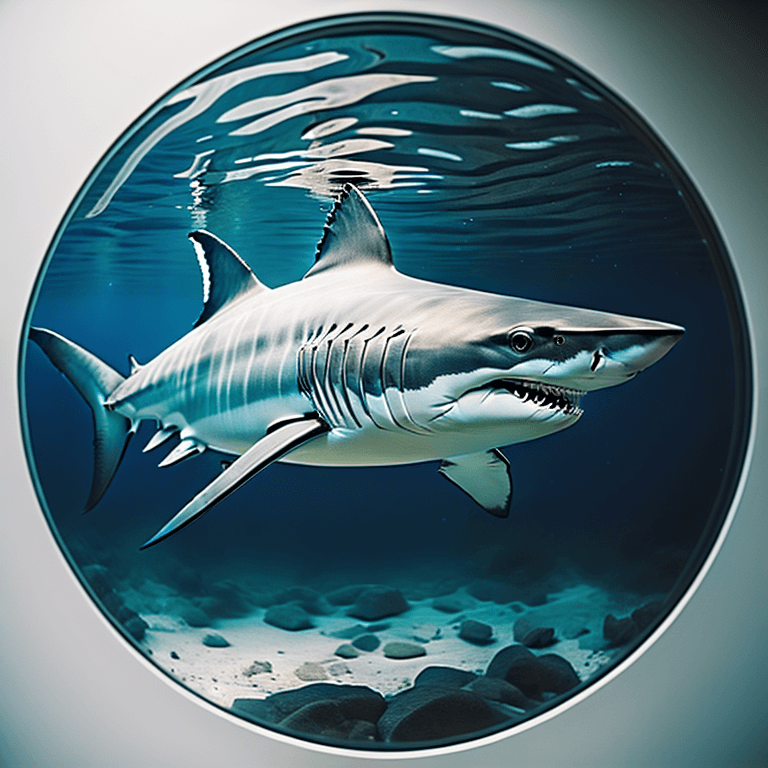
Depending on the species because shark skeletons are made of cartilage, which is a flexible and lightweight material.
Cartilage doesn’t fossilize as easily as bone, so there are not many ancient shark fossils available for study.
Sharks actually have a skeleton made entirely of cartilage and lack true bones.
However, their cartilage skeleton is still divided into sections that correspond to where bony fish and land vertebrates have bones.
The total number of “bones” in a shark’s cartilage skeleton is typically between 70-100, depending on the species.
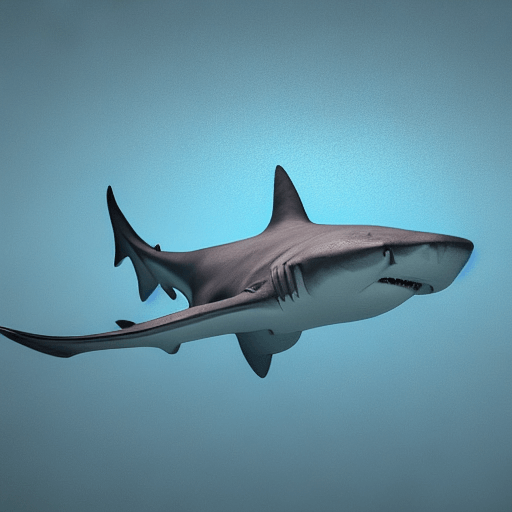
Here’s a breakdown of a shark’s skeletal system:
- Spine – Sharks have a dorsal spine made of ~45-50 cartilage segments that extend from the skull to the tail.
- Ribs – There are ~26-35 pairs of rib cartilage that protect the organs.
- Jaws – There are 6-8 cartilage sections that make up the upper and lower jaws.
- Fin supports – Sharks have 5-6 pairs of rod-like cartilage for supporting the pectoral and pelvic fins.
So while sharks lack a true bone skeleton, their elaborate cartilage skeleton has 70-100 cartilage segments that function as bones do in other species.
This unique skeletal structure gives sharks flexibility while still providing support and protection.
The exact number of cartilaginous “bones” depends on the species and age of the individual shark.
How many bones does a shark have?
A shark’s skeleton is made up of mostly cartilage, which is a flexible connective tissue.
This means that sharks do not have as many bones as other fish. In fact, most sharks only have around 200 to 400 vertebrae.
However, the number of vertebrae can vary depending on the species of shark.
For example, the bigeye thresher shark has around 1,000 vertebrae, while the whale shark has only around 350.
Even though they don’t have as many bones, sharks are still easily recognizable by their distinct streamlined shape.
Their skeletons allow them to swim quickly and gracefully through the water, making them one of the top predators in the ocean.
What are the different types of shark skeletons?
Sharks have skeletons made entirely of cartilage.
This gives them several advantages.
- First, it makes them much lighter, so they can swim faster.
- Second, it makes them more flexible, so they can twist and turn more easily.
- Finally, it allows them to grow much larger than other fish, with the largest recorded shark measuring more than 60 feet long!
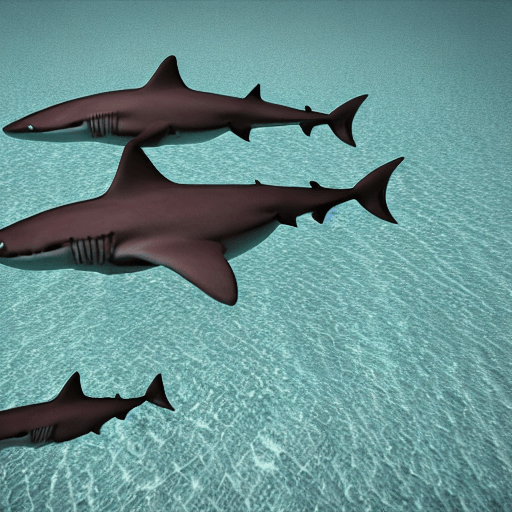
There are two main types of shark skeletons: monolithic and articulated.
Monolithic skeletons are found in smaller sharks, such as the dogfish shark. These skeletons are mostly composed of a single piece of cartilage, with only a few small joints to provide flexibility. In contrast, articulated skeletons are found in larger sharks, such as the great white shark.
These skeletons are made up of many pieces of cartilage that are joined together, allowing for greater flexibility.
While both types of skeletons have their benefits, articulated skeletons are generally considered to be stronger and more durable.
How does cartilage compare to the bone of a shark?
Shark cartilage is much more flexible than human bone.
This is due to the fact that it contains more collagen, a protein that gives the tissue flexibility.
In addition, shark cartilage is also richer in minerals, particularly calcium and phosphorus. These minerals are essential for maintaining strong bones.
So, what does this all mean?
Shark cartilage certainly has some advantages over human bone.
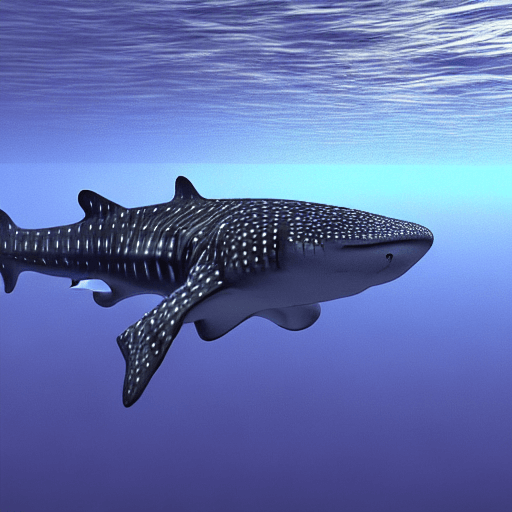
However, it’s important to remember that humans and sharks are very different creatures. As such, it’s not surprising that their skeletal systems would differ as well.
What is the function of each type of bone in a shark’s body?
A shark’s skeleton is made up of two types of bone:
- The dermal bones that make up the fish’s external skin
- The endoskeletal bones that form the fish’s internal skeleton
The dermal bones provide support and protection for the shark’s body, while the endoskeletal bones give the shark strength and flexibility.
The function of each type of bone in a shark’s body is essential to the creature’s survival.
Without strong, protective bones, a shark would quickly be eaten by its predators. And without flexible bones, a shark would be unable to swim through the water.
Consequently, each type of bone in a shark’s body plays an important role in the creature’s ability to survive in its aquatic environment.
Do sharks have any disadvantages because of their skeleton type?
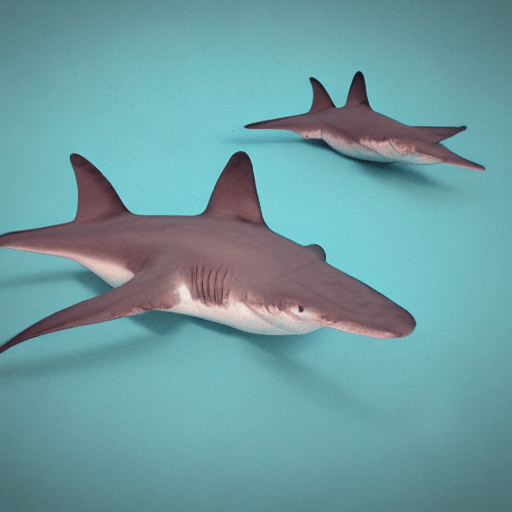
Sharks have a disadvantage because of their skeleton type.
- They are unable to swim as fast as other fish because they do not have a swim bladder. This disadvantage is due to the fact that their skeleton is made of cartilage, which is much lighter than bone.
- In addition, sharks are also more susceptible to injuries because their cartilage is not as strong as bone.
- Finally, sharks must constantly move in order to breathe, which can make them easy targets for predators.
Despite these disadvantages, sharks are still one of the most feared predators in the ocean.
Do all sharks have the same number of bones
Sharks are a type of fish that is known for their unique skeleton.
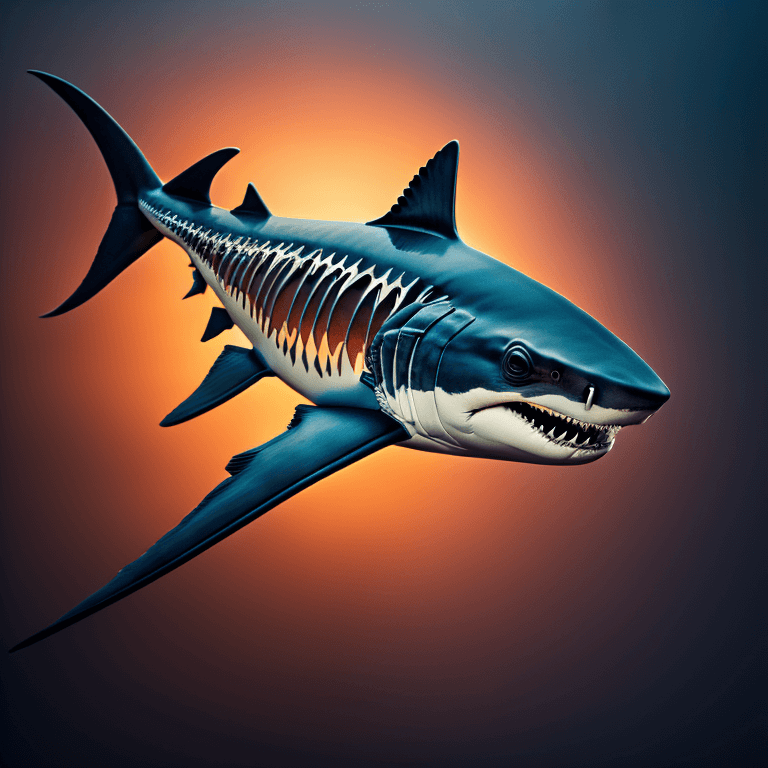
Unlike other fish, sharks have a skeleton made of cartilage, which is a type of connective tissue. Although cartilage is flexible, it is also very strong.
This makes it an ideal material for sharks, who need to be able to twist and turn quickly in the water.
Interestingly, not all sharks have the same number of bones. In fact, the number of bones in a shark can vary depending on the species. For example, the great white shark has 209 vertebrae, while the whale shark has only 150.
Despite this variation, all sharks share one common feature: their skeletons do not contain any bone marrow.
This means that they are not able to produce red blood cells, which transport oxygen throughout the body.
Instead, they rely on a network of tiny capillaries called the gills to extract oxygen from the water.
Regardless of whether they have many cartilaginous or bony skeletons, all sharks have a well-developed sense of smell that helps them to find food and avoid predators.
Article Sources
Jacks of Science sources the most authoritative, trustworthy, and highly recognized institutions for our article research. Learn more about our Editorial Teams process and diligence in verifying the accuracy of every article we publish.